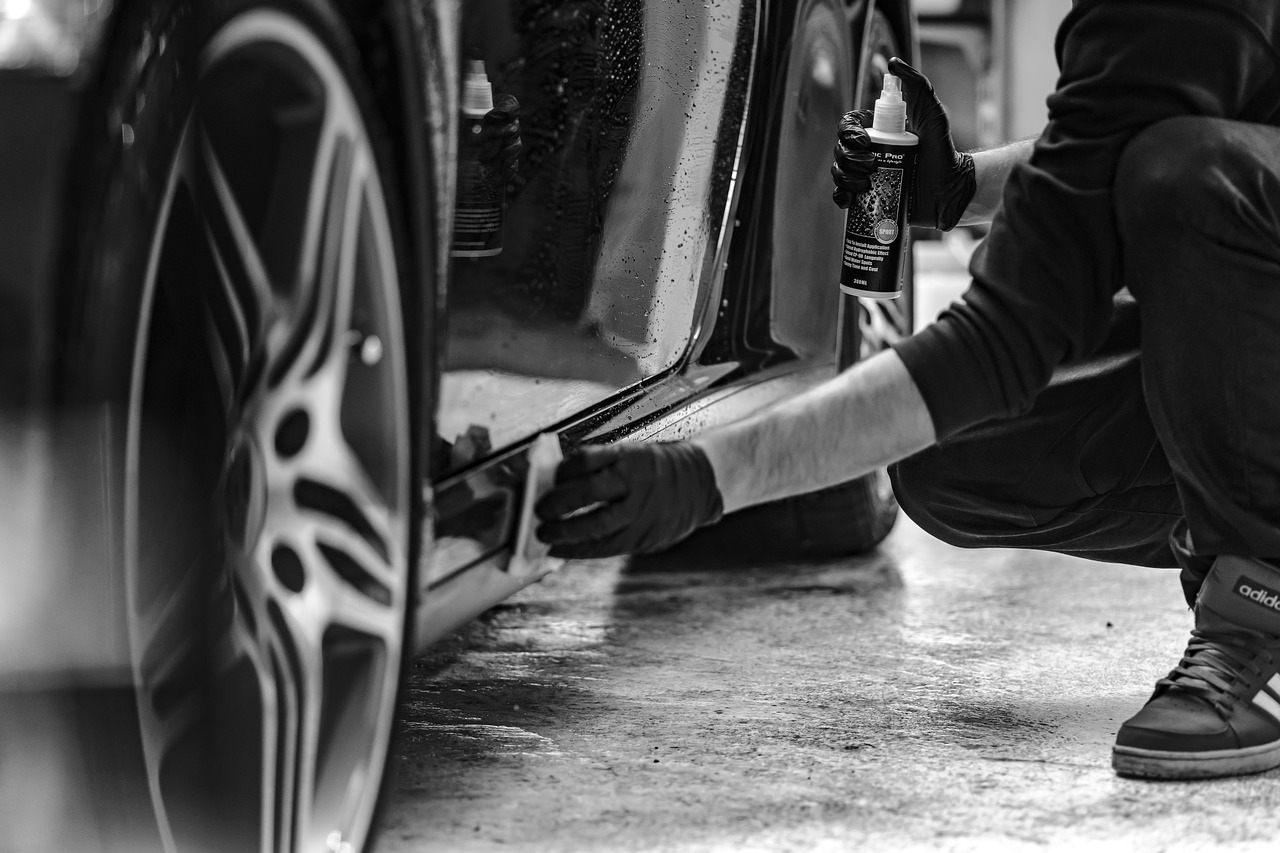
The winter months can often put lots of stress on your car. Ice, snow, road salt and potholes take their toll and make extra maintenance in the springtime necessary. Brutal winter conditions in many parts of the country and sub-zero temperatures are not good for the health of your car. Mechanics recommend sprucing up your ride in early spring, below are some things you can do to counteract the effects of winter on your car.
Check the Alignment and Suspension
Wintertime potholes will often damage a car’s suspension and alignment in a serious manner. One way you can tell if you might have a problem is if your car’s steering wheel vibrates or if the car noticeably pulls to one side or another as you drive. An alignment check will cost between $25 and $40 but is necessary whenever you may be unsure.
Get Rid of Leftover Salt
In the winter months road salt used to melt away snow and ice can be very damaging to your car, in particular the undercarriages are susceptible to rust in such conditions. Road salt can be eliminated by taking your car to a reputable car wash, just make sure that the car wash you choose has sprayers that can clean the undercarriage.
Check the Air Pressure and Rotate Tires
Car owners should check their tires’ air pressure, including the spare tire just in case you ever need it. Tires are a very important part of the car, affecting safety, traction and handling. Experts recommend having your tires rotated every five thousand miles to make sure that the tread wear is even. Your front tires can wear out quicker than you may think and leads to handling issues. Tires cost a pretty penny, costing $500 and up for a new set so be sure not skip this step.
Brake Inspection
Perhaps there is nothing more important than having good, working and reliable brakes that function well. Take your car to a technician to have the rotors and pads checked to make sure that your ride and braking system is safe. If you neglect your brakes, not only is your personal safety in jeopardy, but you also may have to pay for costly repairs if your pads are worn or some other problem is present.
Check Fluids and Get an Oil Change
If you didn’t get an oil change during the winter, early spring is the perfect time to do so. Springtime is also a good time to have your transmission fluid flushed, many people neglect to use this service and don’t realize that doing so can lead to repairs costing between $2,300 and $4,200 should you ever have to have your transmission repaired or replaced. Oil changes are recommended every three thousand to five thousand miles.
Additional Tips
Flip through and read your owner’s manual and follow the service schedules recommended within. Any other car symptoms not mentioned above such as idling, stalling and hard starts should be corrected before the weather gets hot. Flush out and refill the radiator cooling system, check your service manual for recommended guidelines. The concentration, condition and level of the coolant should be checked on a regular basis. If and when you need to use repair services and facilities, keep an eye out for ASE certified shops. Whenever your car is checked by a technician, he or she should check if the hoses, clamps and belts are tight and in good condition. In addition to getting an oil change, the oil filter should also be changed after a long, hard winter. Other filters such as the PCV, fuel and air should also be replaced. Inspect your bulbs and lights and replace any that may be burned out, if you don’t you may wind up with a traffic ticket and be driving with limited visibility. Lastly, replace your wiper blades if they are worn and make sure you have an adequate supply of wiper fluid before the bugs and summertime dust dirty up your windshield.